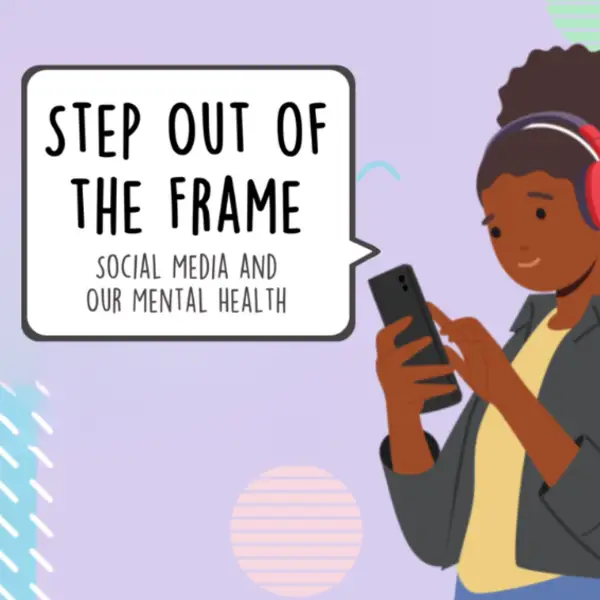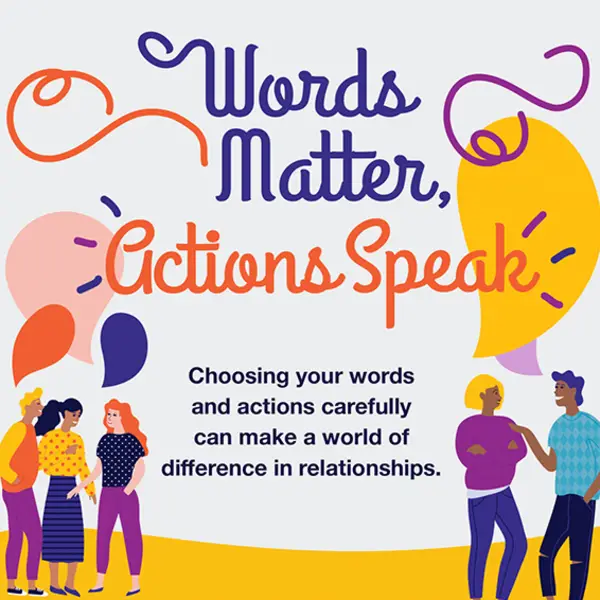In Part 2 of this series on types of training and technical assistance (TTA), we discuss how digital solutions offer grantees on-demand resources that promote continuous learning and improvement. Check out Part 1 on individual TTA.
Federal grant recipients—also known as grantees—often operate with minimal staff, tight budgets, and an ever-growing list of objectives, all while striving to deliver meaningful impact. These grantee organizations need assistance to navigate recurring, complex challenges, such as data management, program scalability, and knowledge gaps—digital tools can help.
Integrating Digital Resources with Individual and Group Training and Technical Assistance
When thoughtfully designed, digital tools can complement individual and group training and technical assistance (TTA) by providing on-demand resources that grantees can reference before, during, or after obtaining individualized support. Digital resources are an essential component of effective TTA by reinforcing key messages and enabling providers to focus on tailored, in-depth problem solving during one-on-one conversations, creating efficiencies and cost savings.
Digital resources enhance the learning experience for grantees and can be delivered in a variety of formats, including the following:
- Tip sheets that offer practical, actionable guidance on a specific topic or approach.
- Infographics that distill complex ideas and use eye-catching graphics, colors, and text to grab the reader’s attention, providing concise, visual summaries for quick reference or sharing with key community members or program participants.
- Interactive PDFs—such as facilitator guides or toolkits—that give step-by-step guidance and offer checklists and fillable tools and resources for action planning.
- E-learning modules that offer self-paced interactive training using video clips, graphics, photos, interviews, narration, and quizzes and knowledge checks.
- E-updates that provide updated data and resources relevant to key topics in an e-blast format.
- Videos that enhance information processing and retention.
- Podcasts that enable grantees and other audiences to gain multiple perspectives on a topic, allow them to engage with content at any time, and are portable and shareable.
- Plug and Play curriculum modules that supplement grantees’ standard curricula and give them a ready-made lesson for program participants on a trending topic.
- Recordings of professional development events—such as webinars, trainings, or conference sessions—that give grantees an opportunity to revisit key trainings on their own schedule, reinforcing learning and making content accessible to those who could not attend.
- Creative outreach materials—such as customizable posters, social media posts, or digital media kits—that help grantees amplify key messages, boost visibility, and engage audiences.
Using Digital Resources to Ensure Grantee Success
Digital tools can significantly improve how grantee organizations operate and deliver services, resulting in positive outcomes for grantees and the communities they serve. Key benefits include the following:
- Increase the accessibility of information. Digital resources can be accessed from anywhere at any time, reducing geographic and scheduling barriers for grantee organizations.
- Provide consistency and quality control. Once created, a digital resource provides the same message or training experience to all grantees, ensuring uniformity in guidance.
- Promote scalability and cost-efficiency. Digital resources can be distributed broadly with minimal additional cost.
- Support staff onboarding and knowledge transfer. Digital resources provide a consistent, easily accessible method for onboarding new team members and ensuring continuity when staff exit, helping to maintain program quality and institutional knowledge.
- Extend reach into the community. Digital resources help grantees share clear, evidence-based information with program participants and other community members, strengthening their engagement and broadening the impact of TTA beyond program staff.
Utilizing a Research-Driven Process to Develop Digital Resources
Creating digital resources for TTA requires a mix of subject matter expertise, technical skills, and creative vision. RTI International has several decades of experience in creating innovative, effective digital resources that fill gaps for grantee organizations and support improved community outcomes.
To create impactful digital tools, RTI leverages a sophisticated product development process that includes needs assessment, content drafting, subject matter expert review, design and production, client review, accessibility and Section 508 compliance checks, and usability testing.
Leveraging Cross-Domain Expertise to Build Effective Digital Solutions
With deep roots in evidence-based research and TTA, our experts blend subject matter expertise with user-centered design to develop digital resources that are grounded in science and tailored to the real-world needs of grantees across multiple domains, including adolescent pregnancy prevention and sexual assault response.
Adolescent Pregnancy Prevention
RTI experts collaborate with the Administration for Children and Families’ Family and Youth Services Bureau to deliver customized support to grantees of the Personal Responsibility Education Program (PREP) and Sexual Risk Avoidance Education (SRAE) program. Through the development of digital resources, RTI helps grantees implement programs aimed at preventing adolescent pregnancy, sexually transmitted infections, non-marital sexual activity, and other related risk behaviors.
RTI’s award-winning Studio Customization Tool enables grantees to customize web badges, infographics, and tip sheets with their logo and messaging and share them with their communities.
Sexual Assault Response
As part of the Bureau of Justice Assistance’s National Sexual Assault Kit Initiative (SAKI), RTI experts develop and deliver tailored TTA that enhances the national response to sexual assault through a comprehensive, victim-centered approach. RTI leverages digital solutions to provide coordinated teams of law enforcement officials, forensic scientists, and legal stakeholders with the skills, tools, and knowledge they need to investigate and prosecute sexual assault crimes effectively.
These resources educate more than 6,900 national sexual assault response professionals and are housed on the SAKI TTA website, where they are available on-demand to all agencies.
Finding the Right Digital Solution to Maximize Impact
Digital tools offer powerful resources that complement and enhance individual and group TTA strategies, empowering grantees to build capacity, amplify program delivery, and improve outcomes in the communities they serve. Whether through a podcast, infographic, or interactive module, digital resources make it possible to deliver timely, accessible, and engaging support.
With deep expertise across domains and a commitment to innovation, RTI is equipped to design and deliver any digital tools that grantees need—no matter the focus area, audience, or challenge at hand.
Learn more about RTI’s training and technical assistance solutions.

Discover RTI’s Digital Solutions in Action
Applying Communication Science to Develop Creative Solutions
See examples of evidence-based communication research, strategies, and solutions that help clients address real-world challenges.






